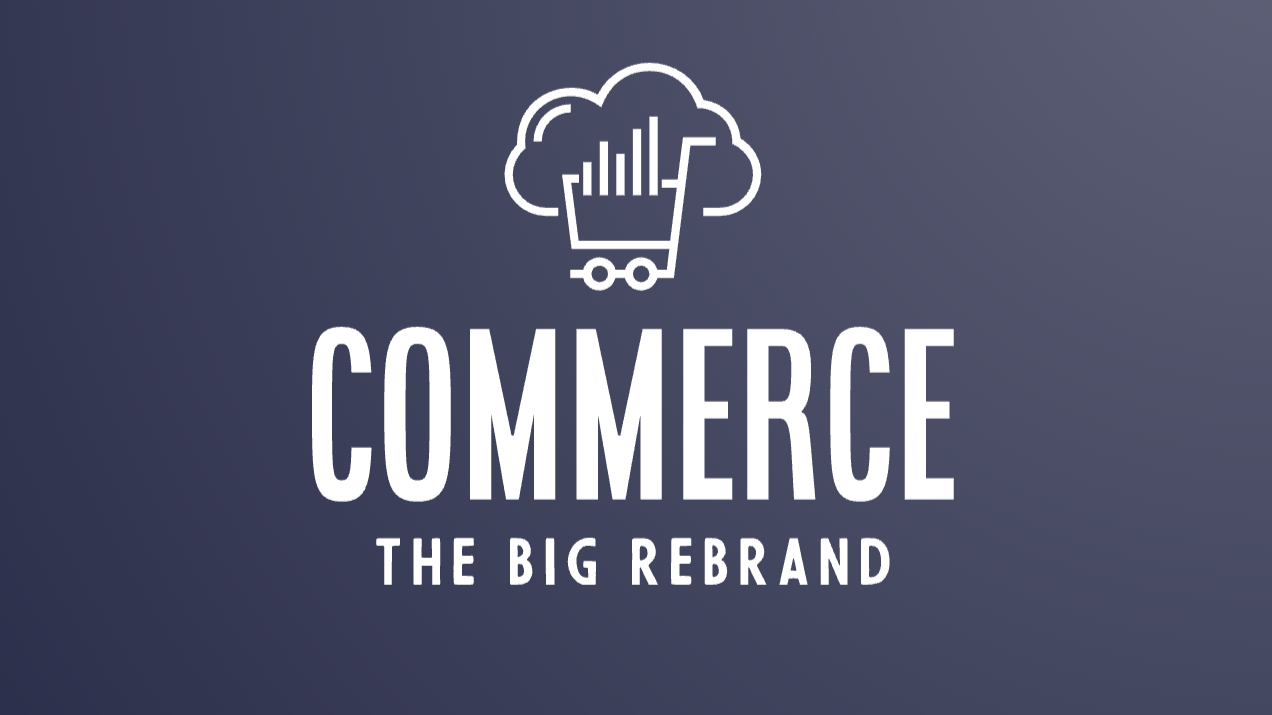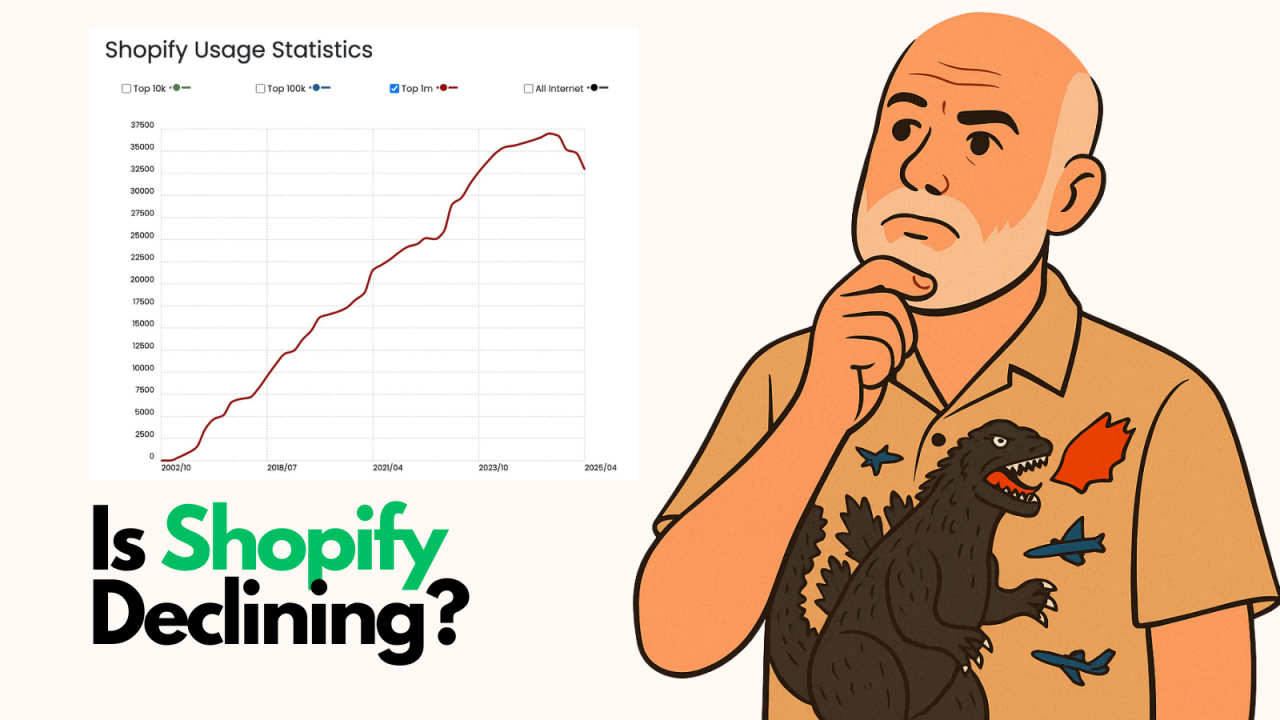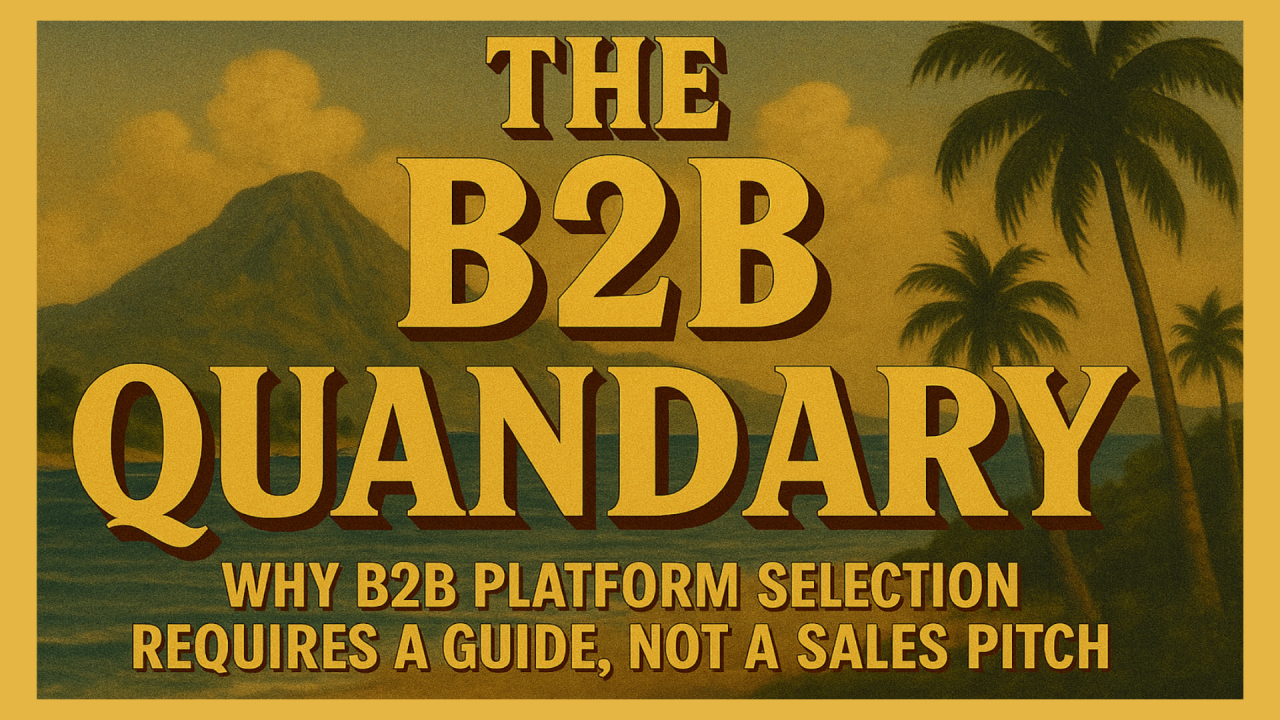Incorporating user data into your content plan allows for the most effective use of resources by targeting the right people with the right content. This not only drives conversions but also increases engagement with customers. User data can be used to gain insights into customer preferences and behaviors. With the right data, businesses can create content that resonates with customers and encourages them to take action. This is more likely to generate results.
A content plan is a strategy that outlines the type of content you will create when you publish it, and what goals you want that content to achieve. It also details how you will use data to inform your content plan. A great content plan incorporating user data will ensure that the content produced is relevant to a company’s target audience. Your content plan is influenced by various factors, including your company’s goals, audience, resources, and competitors. Businesses rely on content to drive traffic, generate leads, and engage customers. By incorporating user data into your content plan, companies can ensure that their content is tailored to their target audience.
It creates value for customers by providing helpful information and advice. Companies can achieve this by leveraging user data to create targeted content by segment. This leads to increased engagement with customers, which can in turn, lead to increased conversions and sales. A well-crafted content plan incorporating user data will be much easier to execute. You will know your audience, their preferences, and their pain points. This will allow you to create content that addresses your audience’s needs.
Surveys are a great way to collect data from your users. You can ask various questions, ranging from general demographics to specific preferences or pain points. Polls and quizzes are other options for collecting user data. They are great for gathering information from many people; they are interactive and easy to administer. You can also collect user data by analyzing existing data. This may include looking at your website analytics, social media data, or customer service records.
Demographics – This refers to information about a user, including their age, gender, education level, and other information about the people who make up your customer base. Psychographics – This refers to information about a user’s attitudes, values, and interests, which can be useful for content creation. This can include information like hobbies, political views, or attitudes toward certain subjects. Behaviors – Behaviors refer to the actions that people take when they interact with your company. This includes things like how often people come to the website, how long they stay on the site, and what pages they visit. Sentiment – Sentiment refers to the emotions behind a certain action. This can include how customers feel about your brand, your products, and your competitors.
A big part of using user data effectively is analyzing the data you collected. You want to make sure that the data you collect is useful and actionable. The best way to do this is by segmenting your data and analyzing it by demographics, psychographics, and behaviors. Segmenting your data is a great way to make it more useful. You can segment your data based on demographics, psychographics, and/or behaviors. Doing so will allow you to narrow down your data and make more targeted decisions moving forward. Once you have segmented your data, you can start to analyze it. Start by looking at the big-picture trends. What do they show about your audience? Next, you can start to look at the data more closely. What do the specific numbers tell you? – Once you have analyzed your data, you can then use it to inform your content plan.
It creates value for customers by providing helpful information and advice. With the right data, businesses can create content that resonates with customers and encourages them to take action. The best way to use user data to inform your content plan is to create buyer personas. Buyer personas are fictional profiles of your ideal customers. They include information like demographics, psychographics, and behaviors. Using data to create buyer personas allows you to create content that resonates with your customers. Once you know who your customers are, it is much easier to create content they will value and appreciate.
A content plan incorporating user data can help you identify potential opportunities for content creation. A well-crafted content plan incorporating user data will be much easier to execute. You will know your audience, their preferences, and their pain points. This will allow you to create content that addresses your audience’s needs. A content plan that incorporates user data can be used to identify potential opportunities for content creation.
The best way to create content that resonates with your customers is to understand who they are and what they need. The easiest and most effective way to do this is by creating buyer personas. Then use them to create targeted content. A content plan that incorporates user data can help you identify potential opportunities for content creation.

Following up on my earlier post about BigCommerce's rebrand announcement, I got my hands on theCleveland...

By Brent W Peterson AI vs Shopify: Is Platform Dominance Ending in 2025?

The B2B OG Reality Check In 1995, I built my first B2B website for my then computer assembly company. It...